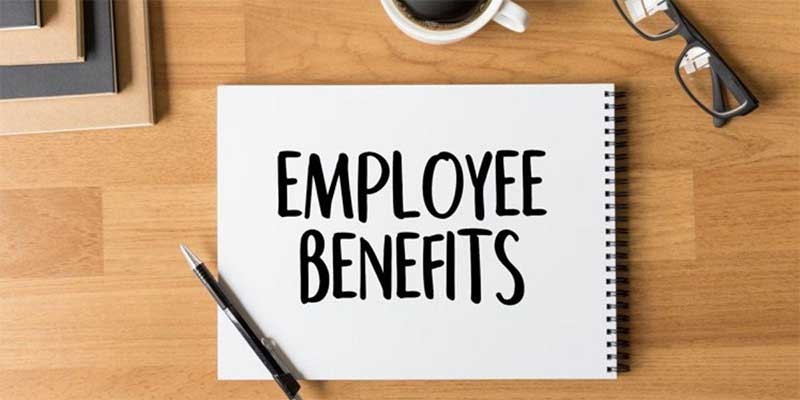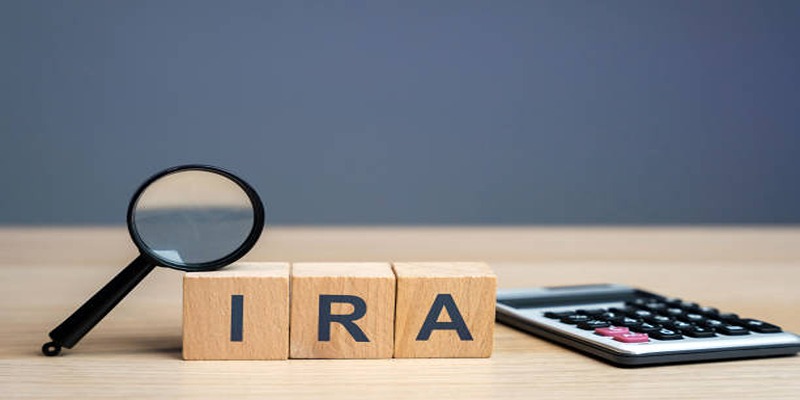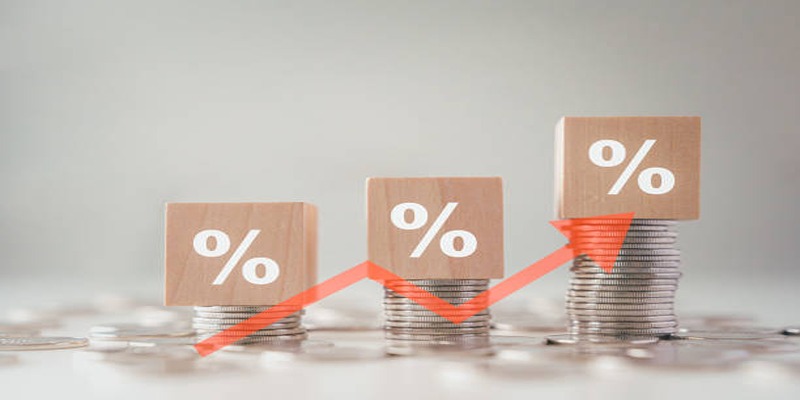Credit cards are a ubiquitous financial tool in modern society, providing convenience and flexibility for consumers. One aspect that often confuses cardholders is the concept of the credit card minimum payment. Understanding how minimum payments work, their benefits, and potential pitfalls can help you manage your credit card debt more effectively and maintain a healthy financial profile.
The credit card minimum payment is the smallest amount you are required to pay by the due date to keep your account in good standing. It is typically calculated as a percentage of your outstanding balance, often around 1% to 3%, plus any interest and fees that have accrued over the billing cycle. Alternatively, it could be a fixed dollar amount, whichever is higher. This minimum payment is crucial as it prevents your account from becoming delinquent and helps you avoid late fees and penalties. Making only the minimum payment, however, means it will take longer to pay off your balance and you will end up paying more in interest over time. To manage your finances effectively, it's advisable to pay more than the minimum when possible.
The calculation of minimum payments can differ by issuer, but several common methods are widely used in the industry:
While making the minimum payment keeps your account in good standing, paying more than the minimum offers several significant benefits:

While the minimum payment option offers flexibility during tight financial times, relying on it regularly can lead to several issues:
Effectively managing your credit card payments is essential for maintaining financial health. Here are some tips to help:

Paying off credit card debt swiftly can save you money and alleviate financial stress. Here are some effective strategies to help you achieve debt freedom more quickly:
The avalanche method targets debts with the highest interest rates first. This strategy minimizes the total interest paid over time and can save you more money compared to the snowball method. However, it requires discipline as progress may seem slower initially since higher interest debts are typically larger.
A balance transfer involves shifting your debt from a high-interest credit card to one with a lower interest rate or a 0% introductory rate. Many credit cards offer promotional balance transfer rates, usually lasting between six to eighteen months. Be mindful of balance transfer fees and ensure you can pay off the balance before the promotional period ends.
If possible, increase the amount you pay each month. Even small additional payments can significantly reduce your debt over time. Consider using windfalls, such as tax refunds, bonuses, or other unexpected income, to make larger payments towards your debt.
A structured repayment plan can help you stay on track. List all your debts along with their interest rates and minimum payments. Determine how much extra you can afford to pay each month and allocate it according to your chosen method (snowball or avalanche).
Implementing these strategies can help you pay off your credit card debt faster, saving you money and reducing stress along the way.
Understanding credit card minimum payments is crucial for effective debt management. Minimum payments serve as a safety net to avoid delinquency and maintain a good credit score, but they usually cover just the interest and a small portion of the principal balance. Relying solely on minimum payments can result in a prolonged debt cycle and higher interest costs over time. Conversely, paying more than the minimum can profoundly benefit your financial health. By being proactive and strategic with your credit card payments, you can reduce debt faster, save significantly on interest, and enhance your overall financial stability.

By Triston Martin/Feb 29, 2024

By Darnell Malan/Feb 19, 2025

By Susan Kelly/Feb 17, 2024

By Juliana Daniel/May 30, 2024

By Triston Martin/Feb 02, 2024

By Sean William/May 28, 2024

By Sean William/May 31, 2024

By Sean William/May 31, 2024

By Triston Martin/Mar 26, 2024

By Sean William/May 29, 2024

By Sean William/May 29, 2024

By Sean William/May 28, 2024